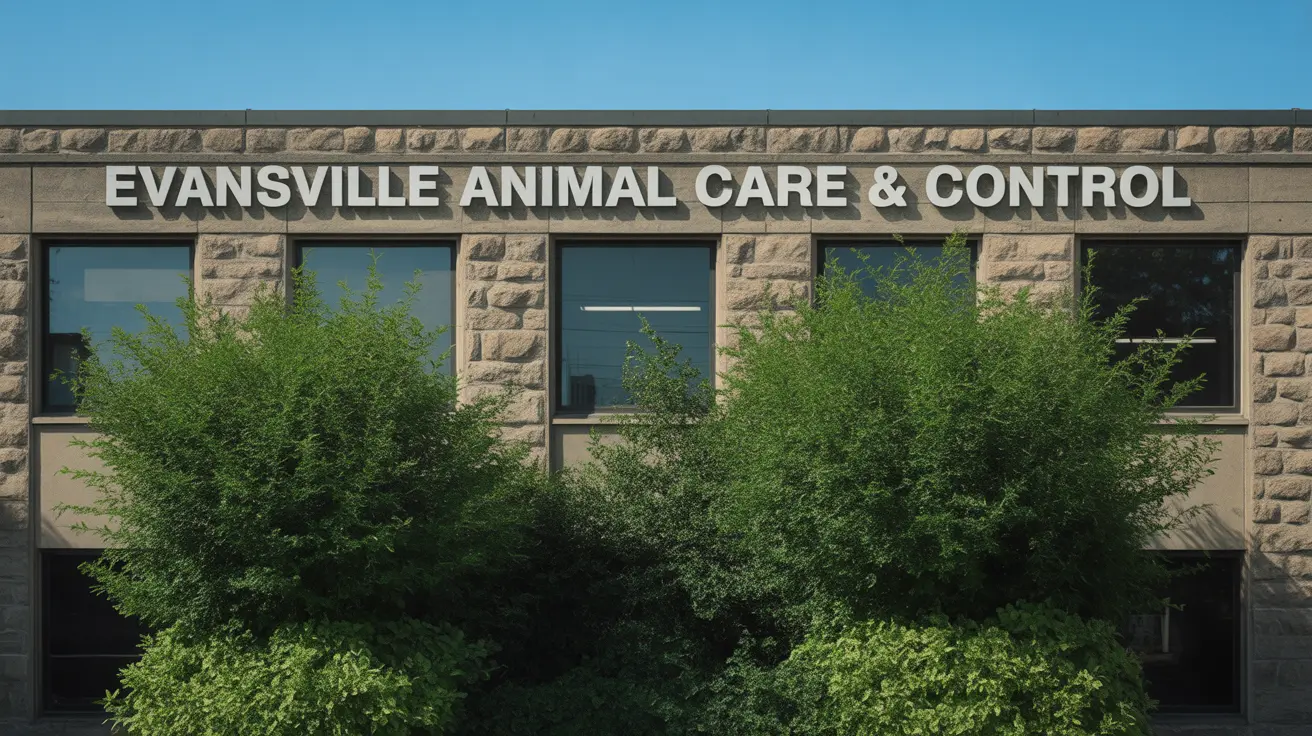Understanding the Connection Between Child Neglect and Animal Cruelty
Research consistently shows that homes where animals suffer from neglect or abuse often harbor additional welfare concerns, including risks to children's safety and wellbeing. The Limestone County animal cruelty case exemplifies this troubling pattern, where deputies found both children and animals living in substandard conditions.
Pet owners have fundamental responsibilities under animal cruelty laws Alabama statutes, which require providing adequate food, water, shelter, and veterinary care. When these basic needs aren't met, it often signals broader household dysfunction that can affect all residents, including children.
Signs of Animal Hoarding and When to Act
Recognizing the dangers of animal hoarding requires understanding key warning indicators. Animal hoarding typically involves keeping more animals than can be properly cared for, often in increasingly unsanitary conditions. Common signs include:
- Strong, persistent odors coming from a property
- Visible accumulation of animal waste in yards or around buildings
- Animals appearing malnourished, sick, or exhibiting behavioral problems
- Overwhelming numbers of animals relative to property size
- Deteriorating property conditions and maintenance
Community members who notice these warning signs should know how to report animal neglect through proper channels. Most counties have animal control services that investigate complaints, while child protective services handle concerns about minors in potentially unsafe environments.
Mental Health and Community Support Needs
Cases involving pets and child welfare often reveal complex underlying issues, including mental health challenges affecting pet owner responsibilities Alabama residents face. Mental health animal hoarders frequently struggle with attachment disorders, depression, or other conditions that impair their judgment about appropriate animal care standards.
Effective intervention requires multidisciplinary response animal hoarding approaches that address both immediate safety concerns and underlying causes. This includes connecting families with mental health services, addiction treatment when relevant, and ongoing support to prevent animal hoarding recidivism.
The Path Forward: Rescued Animals Rehabilitation
When authorities remove animals from unsafe homes, the focus shifts to rescued animals rehabilitation. This process involves veterinary assessment, medical treatment, behavioral evaluation, and gradual preparation for potential adoption. Many animals rescued from hoarding situations require extensive care to overcome malnutrition, untreated medical conditions, and socialization deficits.
Community reporting animal abuse plays a crucial role in these outcomes. Early intervention can prevent conditions from deteriorating to the point where animals suffer irreversible physical or psychological damage. It also protects children who may be living in pets in unsafe homes situations.
Supporting organizations that work with rescued animals helps ensure these vulnerable pets receive the care they need to recover and eventually find loving homes. This includes donating to local animal shelters, volunteering time for rehabilitation efforts, and advocating for stronger animal welfare protections.
Frequently Asked Questions
What are the warning signs of animal hoarding in children and pets that neighbors should look out for?
Key indicators include persistent strong odors from a property, visible animal waste accumulation, animals appearing malnourished or sick, overwhelming numbers of pets relative to space, and deteriorating property conditions. Neighbors may also notice children who seem withdrawn, frequently miss school, or mention concerning home conditions.
How do animal cruelty and child neglect cases get reported and investigated in rural communities?
Reports can be made to local animal control, sheriff's departments, or child protective services. In rural areas like Limestone County, these agencies often work together during investigations. Anonymous reporting is typically available, and authorities are required to investigate credible complaints about both animal welfare and child safety concerns.
What happens to the animals and children after a hoarding or neglect case is discovered in Alabama?
Animals are typically removed for veterinary evaluation and care, with rehabilitation efforts preparing them for potential adoption. Children may be placed with relatives or in foster care while parents receive services to address underlying issues. The goal is family reunification when safe conditions can be established and maintained.
Moving Forward Together
The Limestone County case serves as a sobering reminder that protecting vulnerable animals and children requires community vigilance and prompt action. By understanding warning signs, knowing how to report concerns, and supporting intervention and rehabilitation efforts, communities can help prevent tragic situations and ensure both pets and families receive the care and protection they deserve.






